Your monthly checklist for October gardening tips. Our expert knowledge and advice will help your garden flourish this month.
October Gardening Tips
Fruit & Vegetables
Harvesting & Pruning
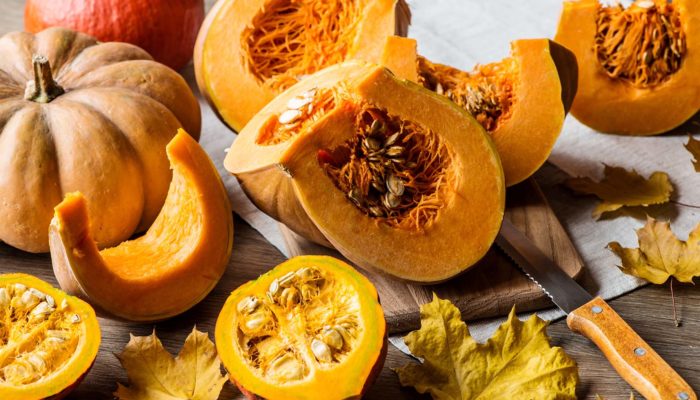
- Harvesting Pumpkins and Squash: October is the ideal time to harvest your pumpkins and winter squash. Wait until the vines begin to die back, and the skin of the fruits has hardened. Cut them carefully, leaving a few inches of stem attached for better storage. These delicious treats can be used in soups, pies, and roasted dishes throughout the winter.
- Preserve Your Apples: If you have apple trees, start picking apples at their peak ripeness. Use these apples for fresh eating, baking, or making homemade applesauce. For long-term storage, consider canning, dehydrating, or making apple butter to enjoy your harvest year-round.
- Freeze Extra Herbs: Many herbs, like basil, mint, and parsley, are still thriving in October. Don’t let them go to waste. Harvest excess herbs, chop them, and freeze them in ice cube trays with a bit of water. This way, you can enjoy their flavours in your winter dishes.
Soil Care and Planting

- Prepare for Garlic Planting: October is the perfect time to plant garlic for a bountiful harvest next summer. Choose a sunny spot with well-drained soil, break apart the garlic bulb into individual cloves, and plant them with the pointed end up. Mulch the area to protect the cloves from winter cold.
- Cover Crop for Soil Improvement: If you have empty garden beds or areas not in use over the winter, consider planting cover crops like winter rye or clover. Cover crops help prevent soil erosion, suppress weeds, and enrich the soil with organic matter. Come spring, you can till them into the soil for added nutrients.
General Maintenance
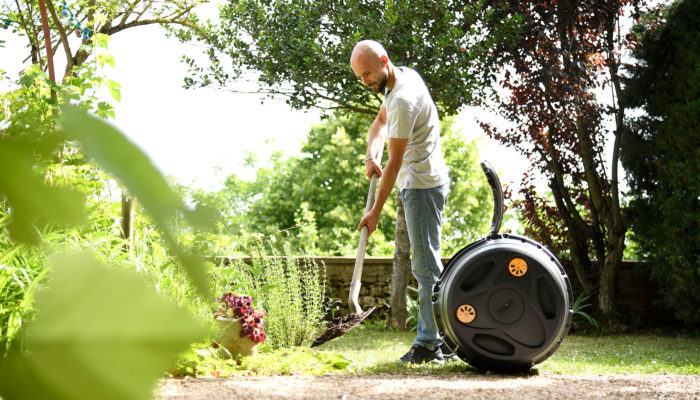
- Protect Brassicas from Pests: As the weather cools, pests like aphids and cabbage worms become more active. Shield your cabbage, broccoli, and other brassica plants with floating row covers to keep the pests at bay. Check for caterpillars and remove them by hand to prevent infestations.
- Clean Garden Tools: As you wrap up your gardening season, take some time to clean and maintain your garden tools. Remove dirt, rust, and sap, and sharpen blades as needed. Properly maintained tools will last longer and make next year’s gardening tasks more manageable.
- Compost Fallen Leaves: Don’t let fallen leaves go to waste. Collect them in a pile and let them decompose into valuable leaf mold over the winter. This nutrient-rich material can be used to enrich your garden beds in the spring.
October Gardening Tips
Flowers
Preparing Your Flower Garden
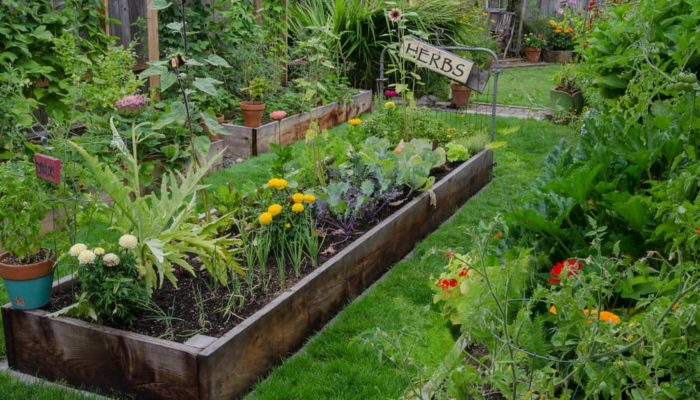
- Divide and Transplant Perennials: In October, divide and transplant perennials to prevent overcrowding and rejuvenate their growth. Water the transplants thoroughly after planting to help them establish quickly.
- Cut Back Spent Summer Blooms: Trim back dead or faded flowers on your summer perennials and annuals to encourage the growth of new blooms. Be sure to remove any diseased plant material to prevent the spread of diseases.
- Prepare Garden Beds: Before the winter frost sets in, take the time to prepare your garden beds. Remove weeds, add compost or organic matter to enrich the soil, and mulch the beds to protect the soil and retain moisture over the winter.
Bulbs and Spring Flowers
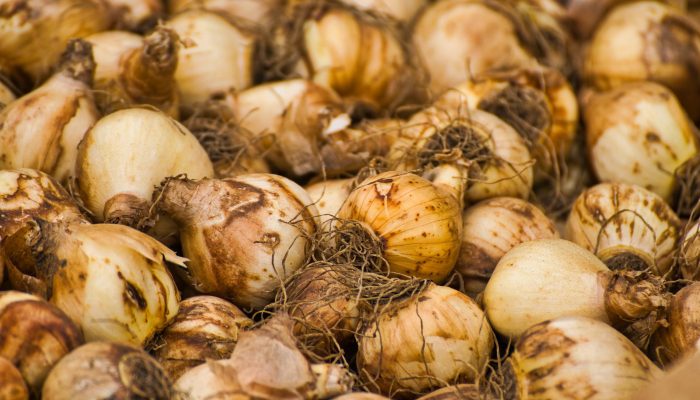
- Plant Spring-Blooming Bulbs: October is the prime time to plant bulbs for a stunning spring display. Ensure you plant bulbs at the recommended depth, and consider mixing different bulb varieties for a diverse and colourful spring garden.
- Protect Tender Bulbs: Lift and store tender bulbs like dahlias and gladioli to protect them from winter frost. Store them in a cool, dry place in peat moss or vermiculite, and label them for easy identification next year.
- Fertilise Newly Planted Bulbs: After planting spring-blooming bulbs, apply a slow-release bulb fertiliser to provide them with essential nutrients for robust growth in the spring. This will help ensure vibrant and healthy blooms.
Preparing for Winter

- Add Fall and Winter Interest: Enhance your garden’s visual appeal during the colder months by planting ornamental kale, pansies, or winter-flowering heathers. These hardy plants will add color and texture even in the chilly weather.
- Clean and Store Garden Furniture: If you have garden furniture, clean and store it properly for the winter. Wipe down surfaces, remove any cushions or fabric that can be damaged by moisture, and store furniture in a dry, sheltered location.
- Protect Fragile Plants: If you have delicate plants or vulnerable trees in your garden, consider wrapping them with burlap or frost cloth to shield them from harsh winter conditions. This extra protection can prevent winter damage and ensure their survival.
October Gardening Tips
Greenhouse
Greenhouse Maintenance

- Clean and Disinfect: Start the month by giving your greenhouse a thorough cleaning. Remove any debris, old plant material, and weeds. Scrub benches, walls, and pots with a solution of water and disinfectant to prevent overwintering pests and diseases.
- Inspect for Leaks: Check your greenhouse for any leaks or gaps that might let in cold drafts. Seal them with weatherstripping or repair tape to maintain a stable and warmer environment for your plants as the temperature drops.
Plant Care in the Greenhouse
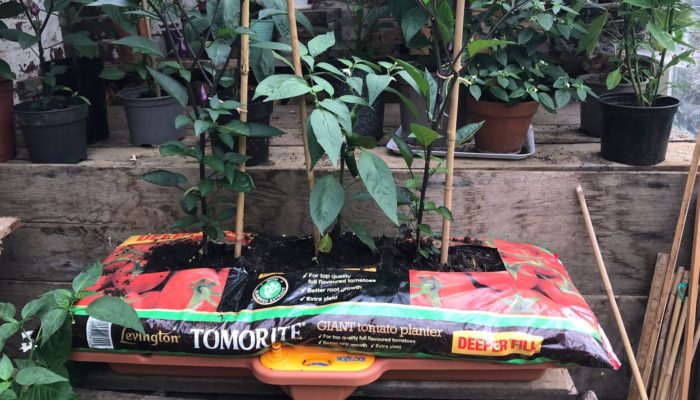
- Plant Fall Crops: Extend your growing season by planting cold-hardy vegetables like lettuce, spinach, and kale in your greenhouse. Ensure they receive adequate light by cleaning the greenhouse windows and removing any shading materials.
- Monitor Humidity: As temperatures fluctuate, humidity levels in the greenhouse can become imbalanced. Use a hygrometer to keep track of humidity and provide proper ventilation as needed. This prevents fungal diseases and mould growth.
Overwintering Tender Plants
- Prepare for Overwintering: For plants that can’t withstand freezing temperatures, such as tropicals or citrus trees, prepare for overwintering in the greenhouse. Insulate the pots with bubble wrap or horticultural fleece and consider using heat mats or a small heater to maintain a suitable temperature.
- Prune and Repot: Before moving tender plants into the greenhouse for the winter, give them a good prune to remove dead or diseased growth. Repot any that have outgrown their containers, ensuring they have fresh soil and adequate drainage.
October Gardening Tips
Lawns, Ponds & Wildlife
Lawn Care
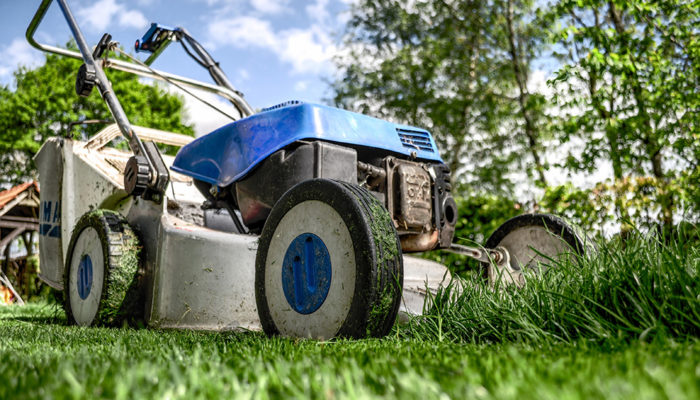
- Aerate and Overseed: In October, consider aerating your lawn to improve air and water circulation in the soil. Follow this up by overseeding bare or thin patches. Choose cool-season grass varieties for best results in the fall.
- Lower Mowing Height: Gradually reduce your lawn mower’s cutting height to around 2 inches. This prevents long grass that can become matted and encourages a healthier lawn during the winter months.
- Apply Fall Fertiliser: Apply a slow-release, fall-specific fertiliser to nourish your lawn’s roots and promote strong growth. Be sure to follow the application instructions on the product packaging for best results.
Pond Maintenance
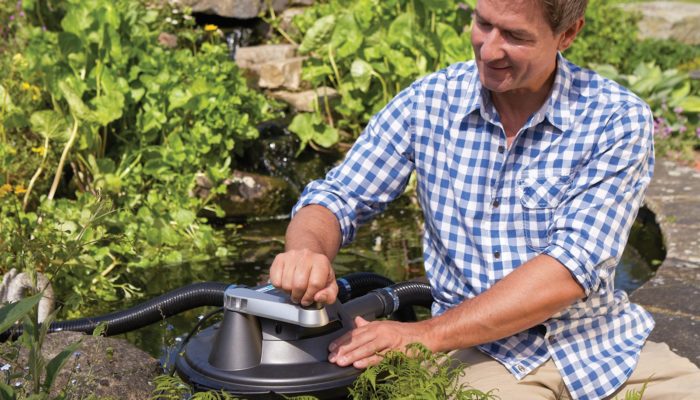
- Remove Fallen Leaves: Use a pond net or skimmer to remove fallen leaves from the surface of your pond. Excess leaves can lead to water quality issues and should be removed regularly, especially as autumn progresses.
- Trim Overhanging Vegetation: Trim back any trees or shrubs near the pond to prevent excessive leaf drop into the water. This will also help maintain good light levels for aquatic plants.
- Inspect Pond Equipment: Before winter, check your pond equipment, including pumps, filters, and heaters. Clean or replace filters, and ensure that the water circulation system is functioning properly to prevent freezing during colder months.
Wildlife
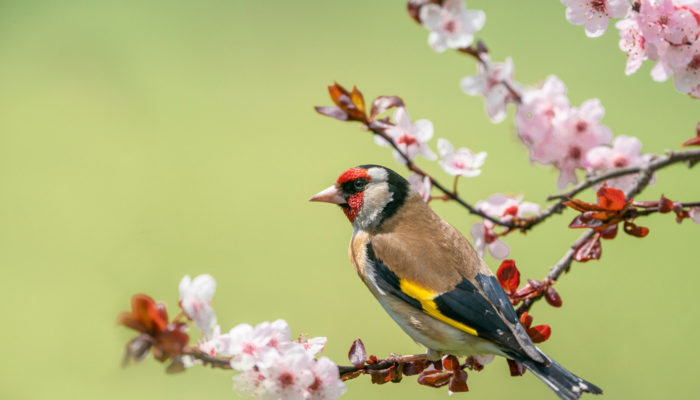
- Plant Late-Blooming Flowers: Add late-blooming flowers like sedums, asters, and goldenrods to your garden. These provide essential nectar and pollen for pollinators and migrating birds preparing for winter.
- Provide Water: Consider placing a birdbath or shallow dish with fresh water in your garden. This provides a reliable water source for birds and other wildlife, especially during dry or freezing periods.
- Install Nesting Boxes: Put up nesting boxes for birds and small mammals. These provide safe and warm spots for wildlife to shelter, breed, and overwinter.
We hope you enjoyed reading about the top gardening jobs in October. If you’d like to get involved, drop us a comment below with your plans for this month!




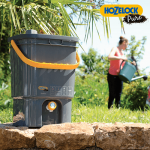











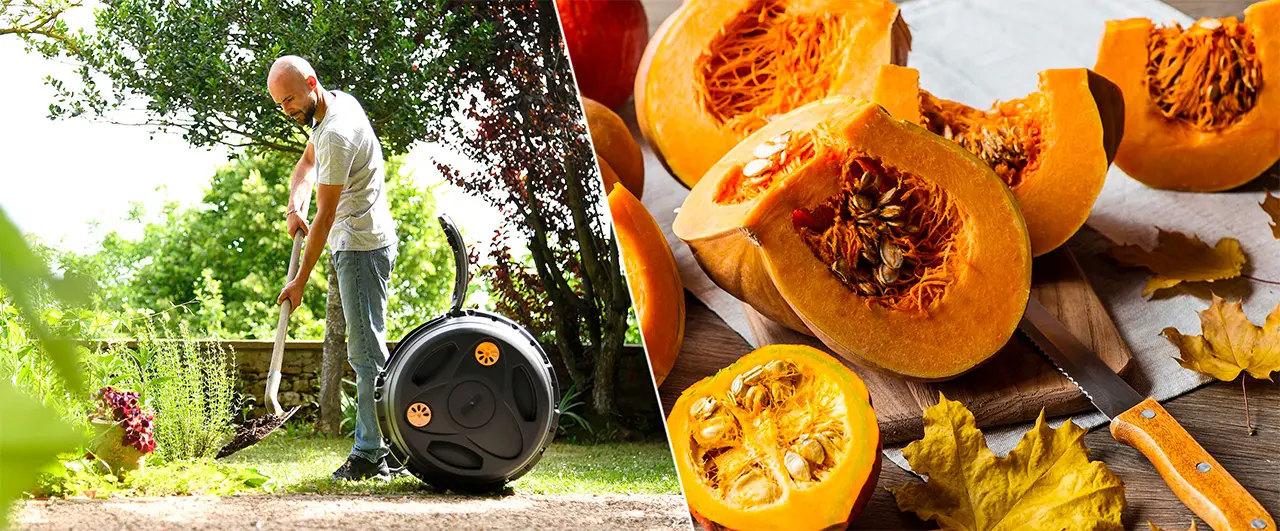


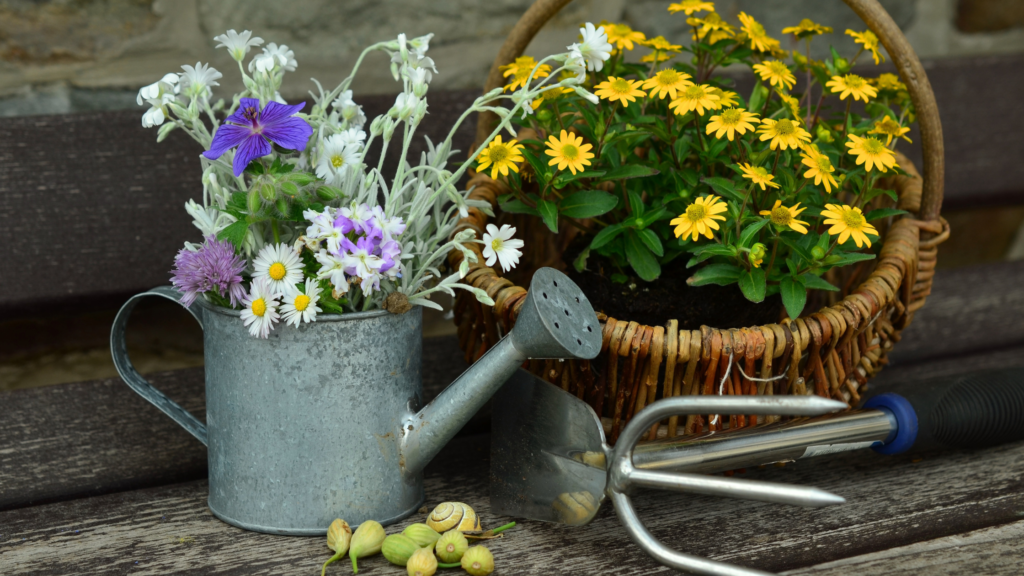
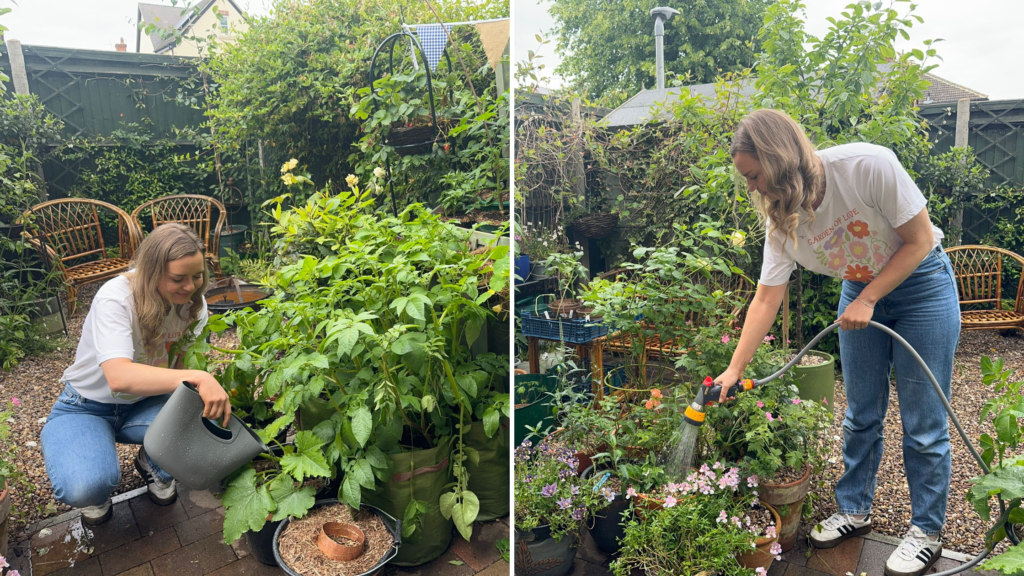
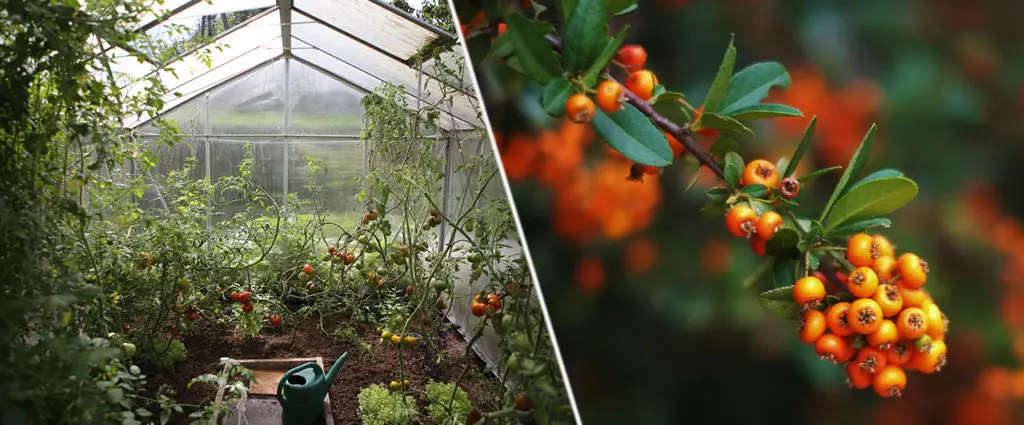
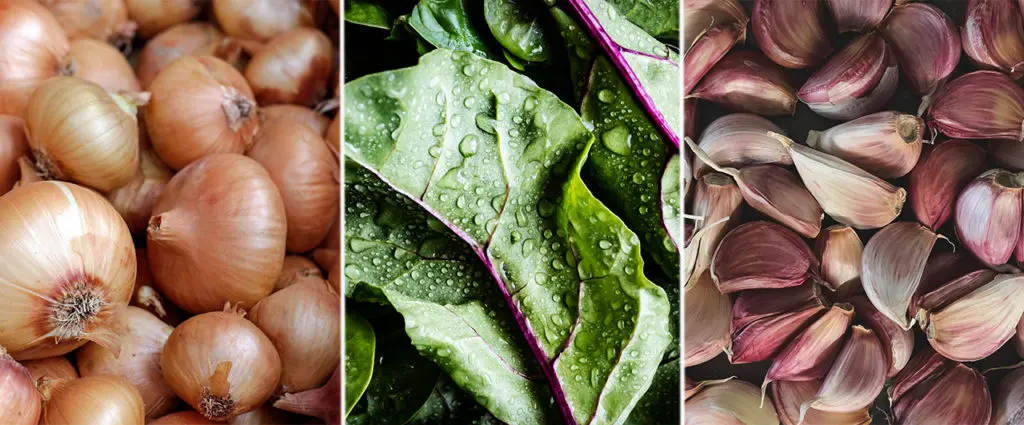
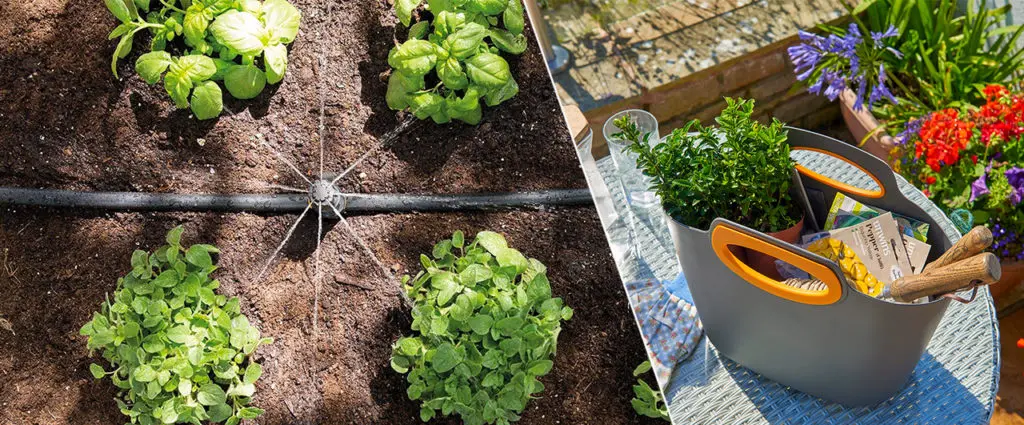
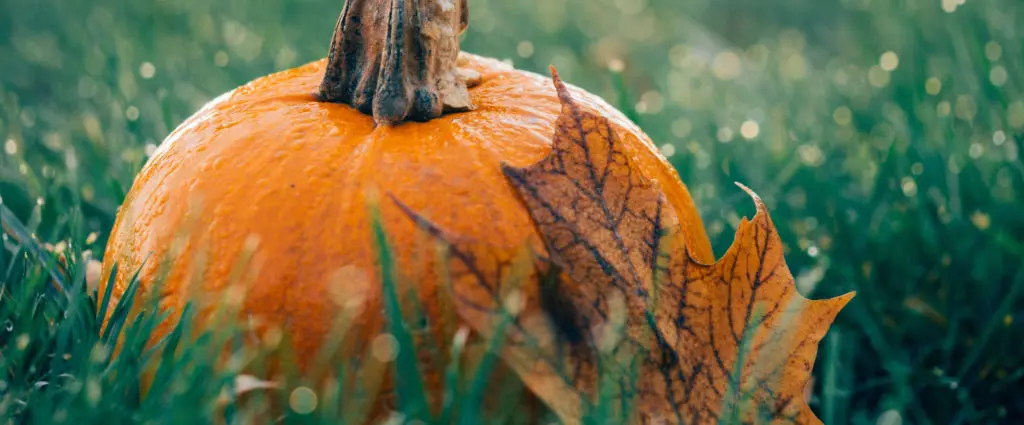
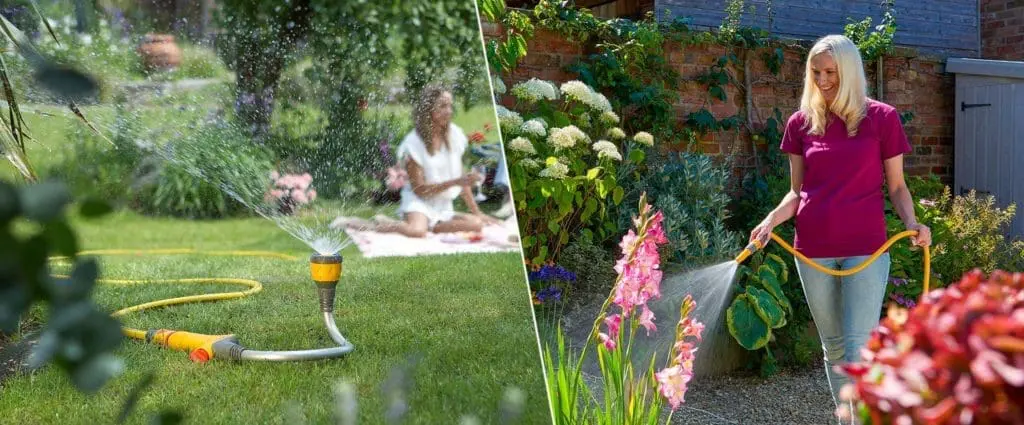
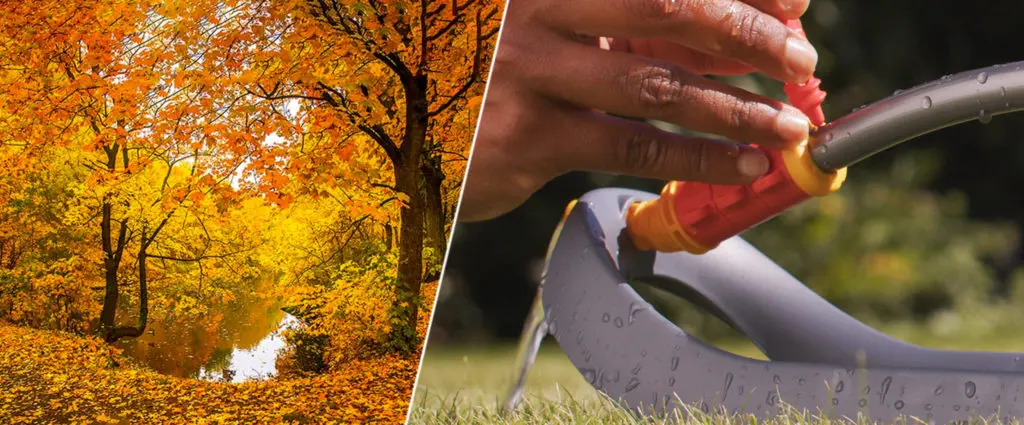
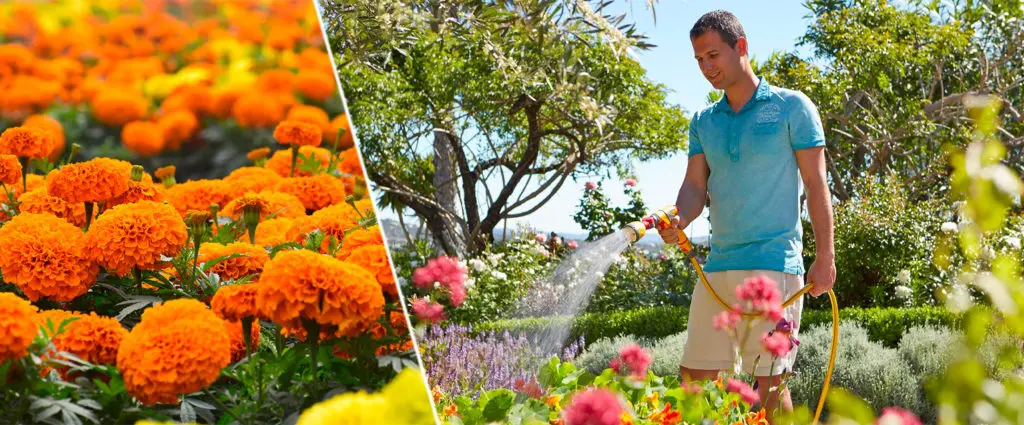


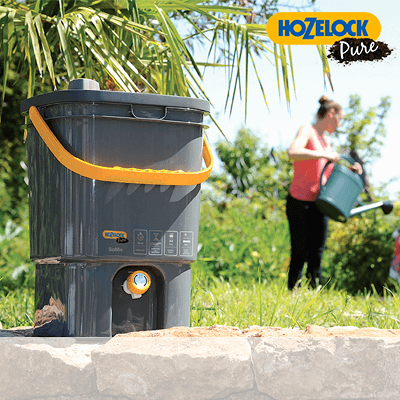
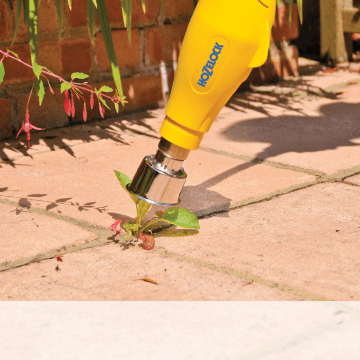


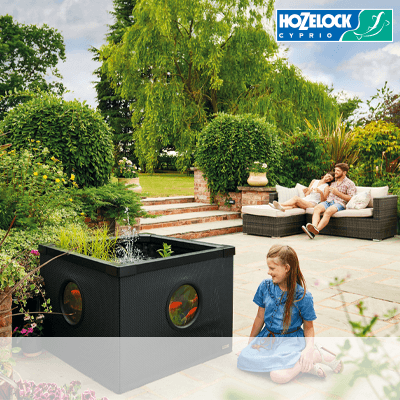
I like your site as its not constantly bombarding me with emails everyday and gives enough information for the coming months. Well done ???
Thank you so much!
Great tips for the budding gardener, this motivates me to look into what is involved with gardening like a lot of things gardening is just half of horticulture maintaining your garden is the other half I guess, god bless you for the articles I find them a good read and useful despite not having a garden.